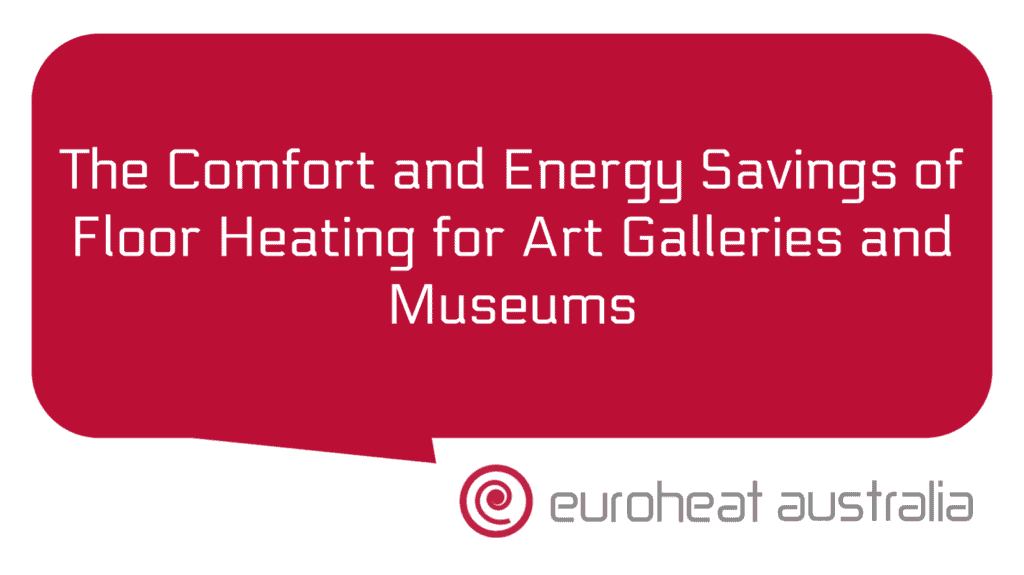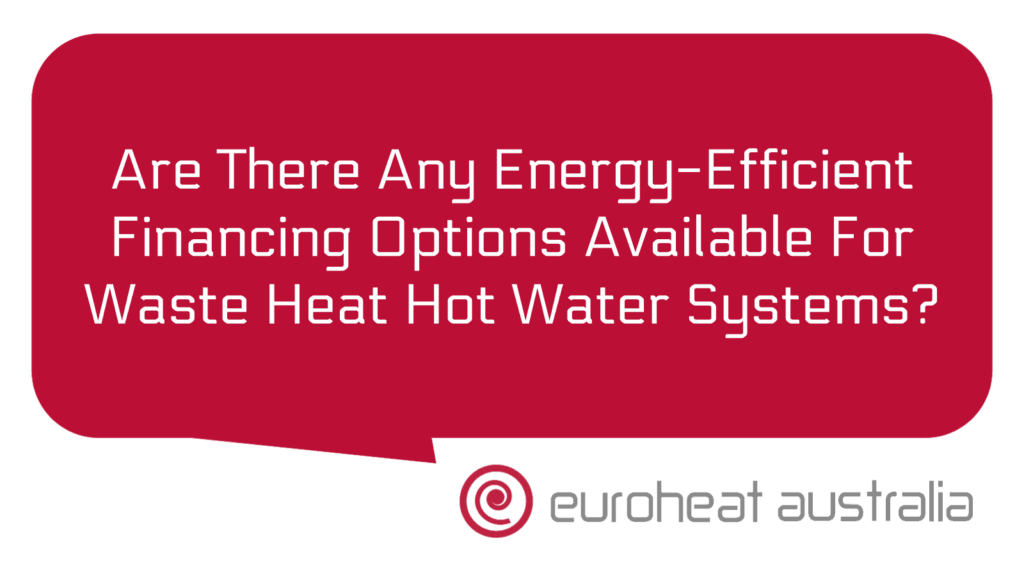Cleaning and replacing the filters in your heat recovery system is an essential part of keeping it running efficiently. If you’ve recently installed a heat recovery system, or are considering doing so, read on to find out how to clean and replace the filters in your system.
There are several important reasons why you should keep your heat recovery system filter clean and in good repair. Keeping your filters clean will help you save money on energy bills, as a dirty filter will make the system less efficient. It can also reduce wear and tear on the equipment, leading to a longer lifespan for the system. And of course, it’s important for your family’s health to ensure that the air quality stays high indoors.
The first step in cleaning and replacing filters is to check if they need replacing at all. This can be done by checking the manufacturer’s instructions or consulting with a qualified engineer or installer. Generally speaking, most systems need their filters replaced every 6-12 months depending on usage and environmental conditions.
When it comes time to replace the filters, it’s easy enough to do yourself with basic tools like a screwdriver or wrench. First of all, turn off power or gas supply to the system before removing any parts. Then locate and remove the filter housing, typically found near the return side of your heating or cooling unit, take out any existing filter media from inside, and dispose of it according to local regulations.
Next up is installing new filter media – this is where things can get tricky if you don’t know what type of filter media you need for your particular model of heat recovery system (it’s best not to guess!). Make sure you consult with an experienced engineer or installer who can advise you on which type and size filter media you should use for optimal performance.
Finally, once you’ve selected appropriate filter media for your system and installed them correctly according to manufacturer instructions, switch back on power/gas supply and test run your heat recovery system for a few minutes while monitoring air flow through the new filters – if everything looks good then job done!
The benefits of installing a heat recovery system are substantial: depending on how much energy you use per year (and assuming an average cost per kilowatt hour), energy savings due to improved efficiency could range from $30-$50 per month – that’s over $500 per year! And since newer models are designed for maximum efficiency with minimal maintenance requirements, there’ll be no need to worry about regular cleaning/replacing too often either – great news for busy homeowners!
And when it comes time to install a heat recovery system in Australia, look no further than Euroheat Australia – Perth engineers & installers who have been designing & constructing hydronic heating & cooling systems with 30 years of experience in both commercial & residential applications. Their expertise ensures that not only will they design a perfect solution tailored specifically towards your needs but also provide professional installation services so that everything runs smoothly right from day one!





